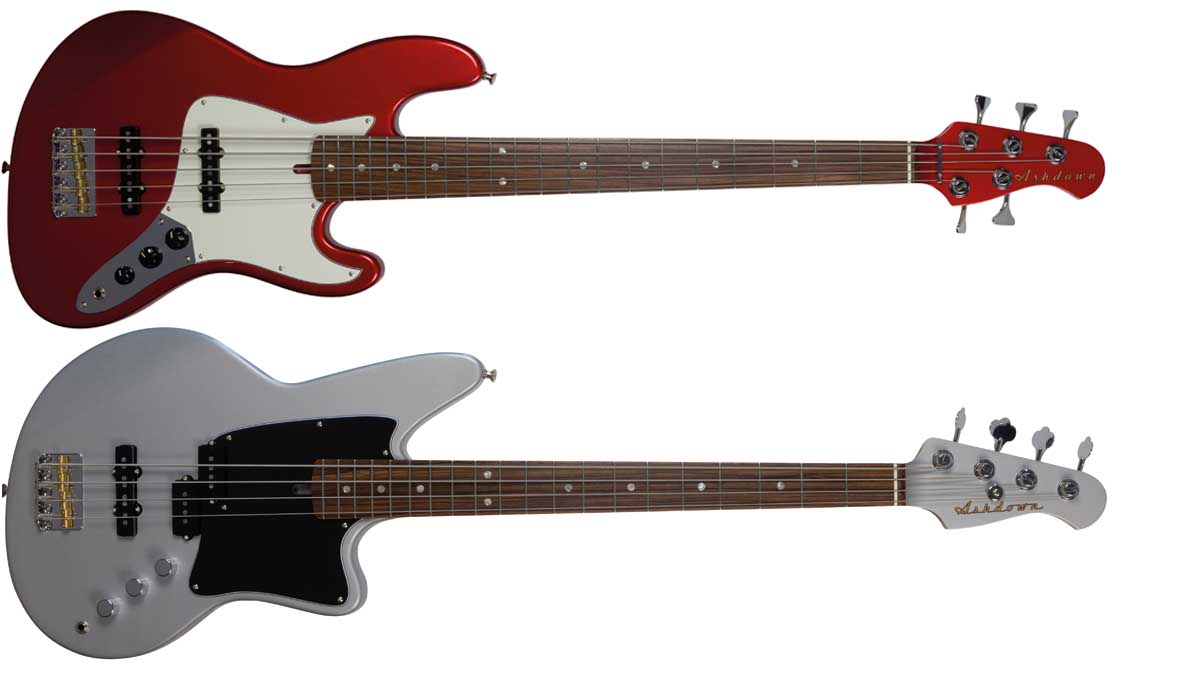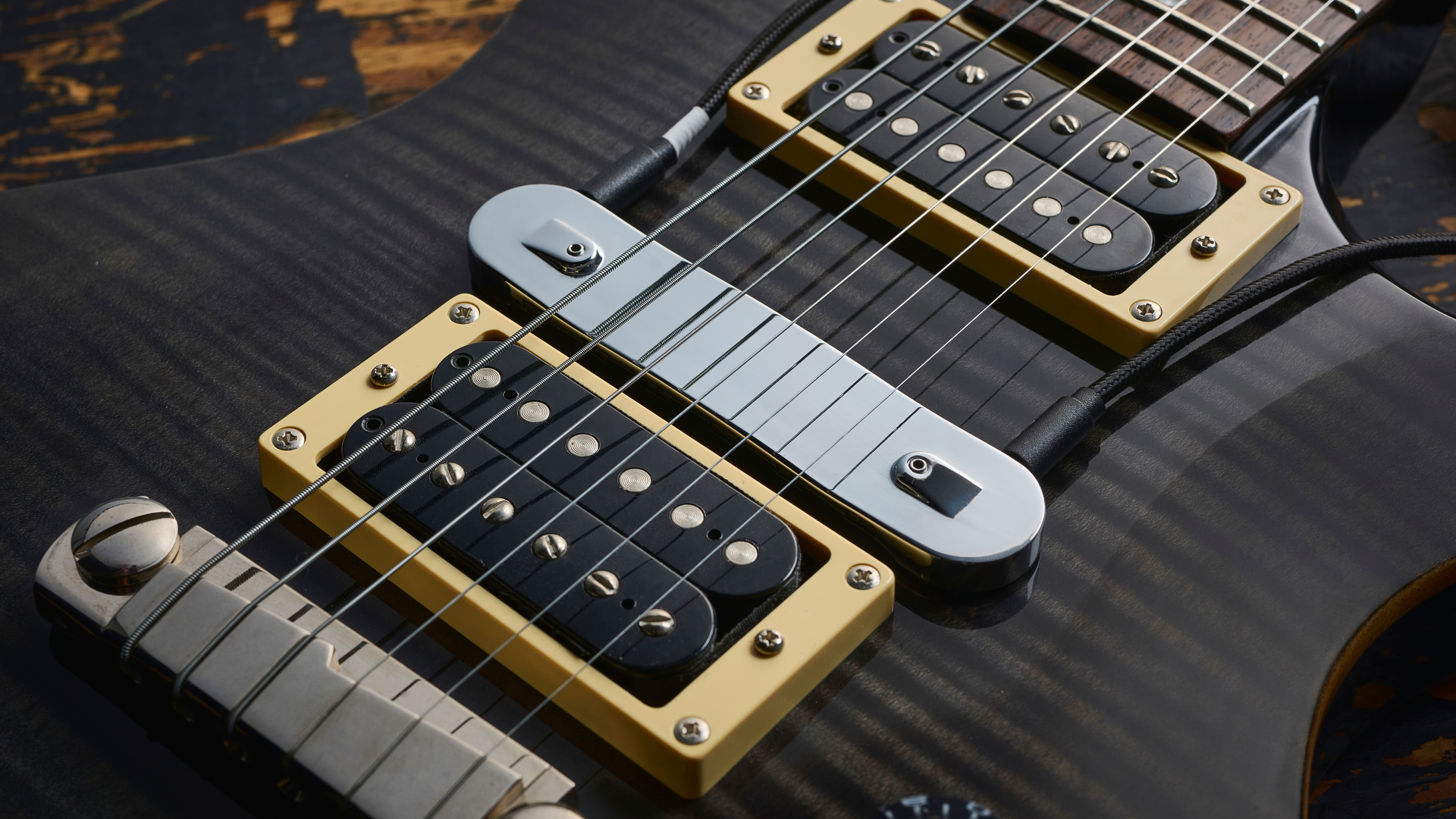Guitar World Verdict
Sonically outstanding, the Grail is a true passive J-Bass with pedigree while the Saint makes for a fantastic tool for stage and studio.
Pros
- +
The price tag.
- +
The Saint is one versatile bass.
- +
Classic J-Bass tones with the Grail.
Cons
- -
The Grail’s B-string could be clearer in the upper register.
- -
The Saint's body shape might not be for everyone.
You can trust Guitar World
The prospect of taking a seminal bass guitar design and then attempting to make your own unique version, after nearly 70 years of evolution, is a bleak prospect for more than a few luthiers.
However, that’s not been the case for Mark Gooday and his team at Ashdown Engineering, who have teamed up with the revered Dan Lakin – formerly of Lakland – to produce what can only be described as a formidable range of instruments.
Build Quality
Straight from their Ashdown-branded gigbags, these basses appeal thanks to their high-gloss polyurethane finishes and matching headstocks. The Grail avoids any potentially cumbersome attributes seen with some mid-priced five-string basses with a beautifully shallow, D-shaped neck.
The multi-layered birchwood oil finish makes it feel more expensive than it actually is, with detailing such as a 46.5mm bone nut (44.5mm on the Saint) and Ultralite Hipshot tuners.
Once plugged in, these basses reveal themselves as true wolves in sheep’s clothing and bark into life once the custom-wound pickups enter the signal chain
Tried-and-tested components and materials have been used elsewhere in the construction, suggesting that these are instruments built to last many hard hours on stage.
Sounds And Playability
When played acoustically, you immediately feel strong resonance throughout the entire body of each of these instruments, partly due to the quality of the lightweight alder that’s been used during the production process.
Once plugged in, you’ll find that understanding the instrument’s control plate doesn’t require a degree, as it simply houses two 250k volume pots for the neck and bridge pickups, plus a passive tone control.
However, don’t be misled by this humble exterior – once plugged in, these basses reveal themselves as true wolves in sheep’s clothing and bark into life once the custom-wound pickups enter the signal chain. Whatever recipe Lakin used in the winding and production of these units, it’s worked – their tonality is excellent.
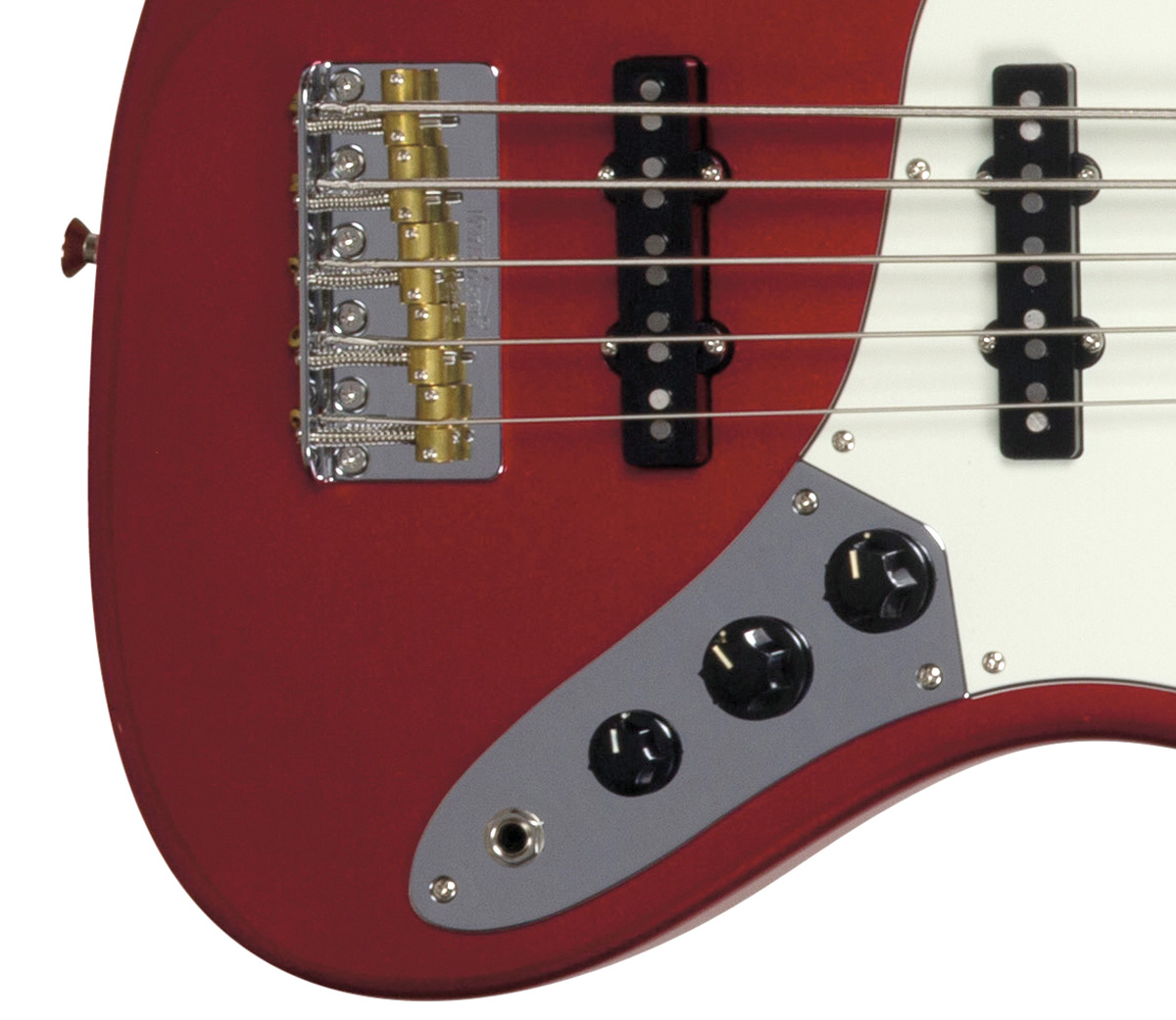
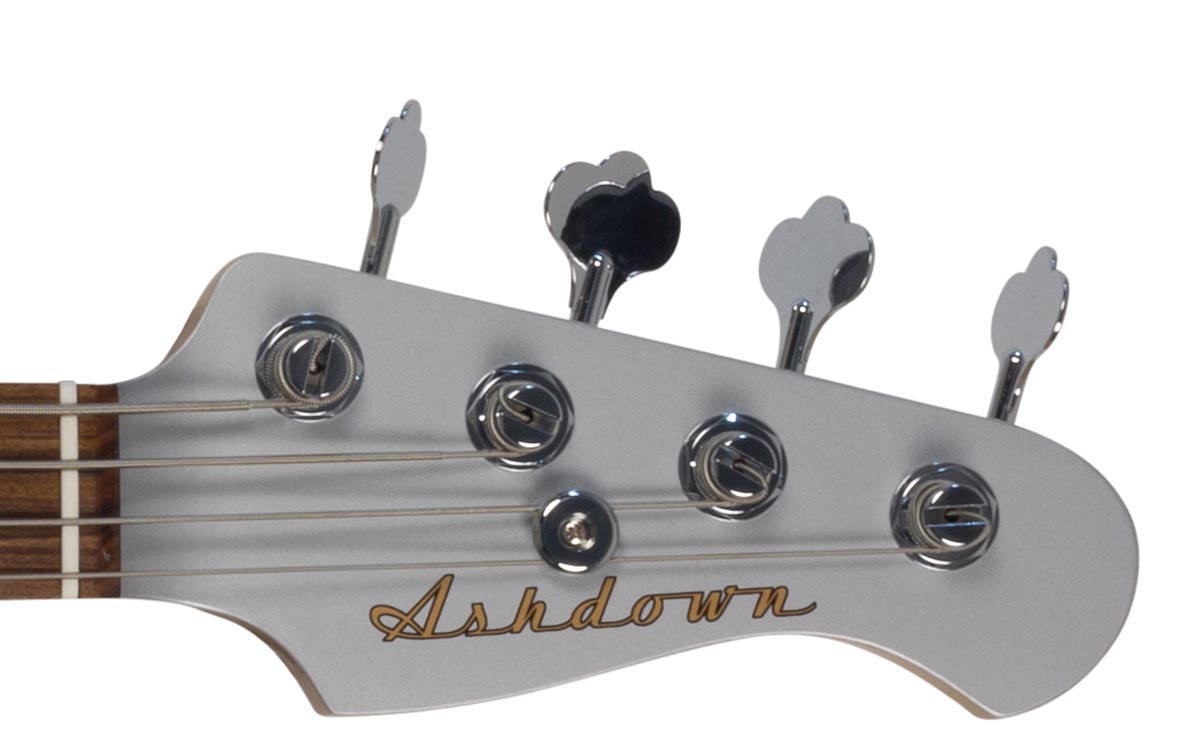
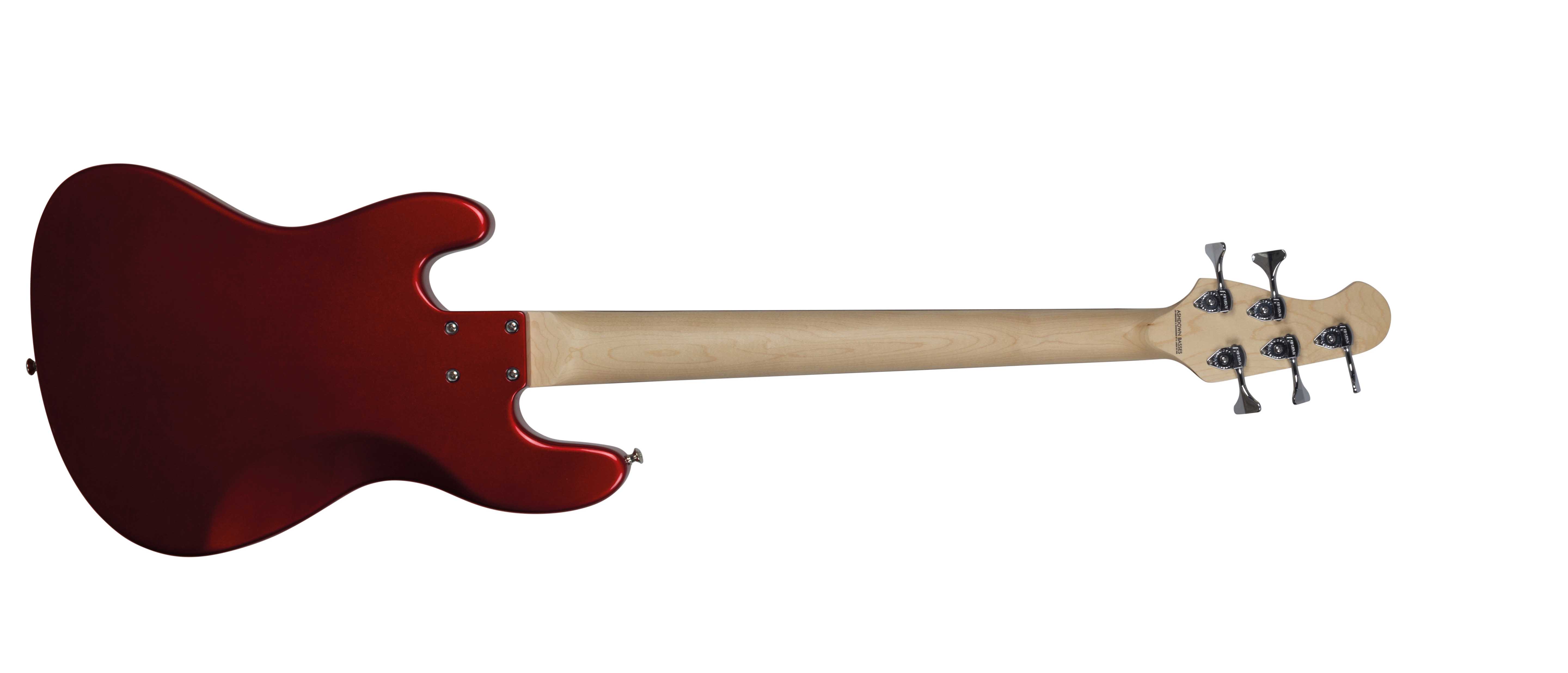
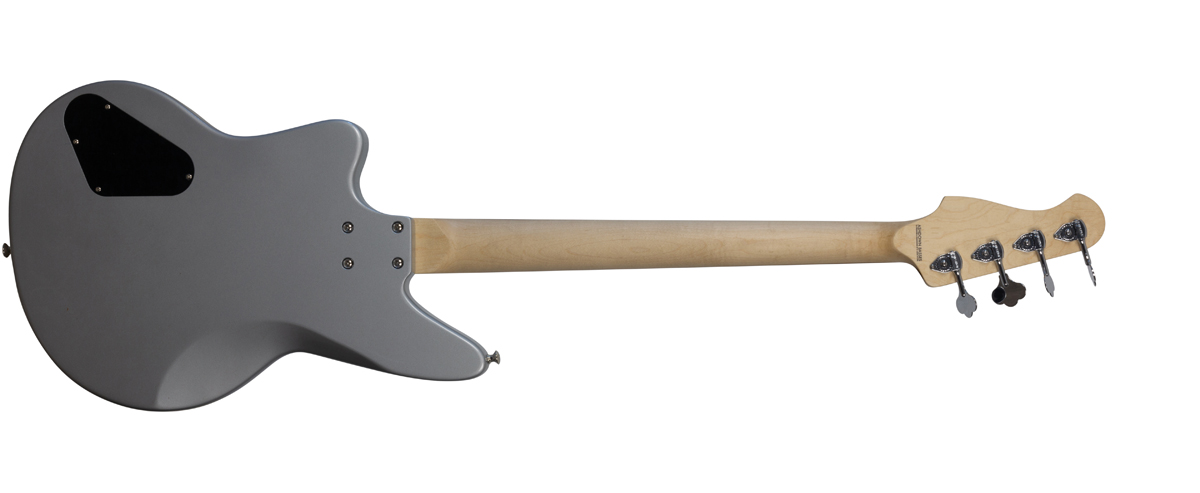
The Grail’s pair of single-coils are sonic utopia. When working in conjunction with one another they emit a dense passive tonality, naturally rich in the low midrange, yet still capable of emitting glassy top end when required for vibrant slap tones. Roll the neck pickup off and you enter the realm of Jaco tonality; dissipate the bridge pickup and your inner funk player begins to emerge.
With its traditional J-bass offset body profile, the Grail has an immediate air of familiarity about it, proving particularly comfortable to play, seated or standing
In the case of the Saint, isolating the P-bass style split coil allows the user to access a warm, deep tonality reminiscent of that traditional Jamerson thud. However, the additional J-Bass single-coil offers the user more degrees of clarity, begging the question of whether this bass would be just as comfortable in a studio as it would be on a live stage.
As for playability, with its traditional J-bass offset body profile, the Grail has an immediate air of familiarity about it, with the instrument proving particularly comfortable to play, seated or standing. Although the Saint appears a little more unconventional in its design, its slightly undersized profile nestle neatly against the player’s body.
Although the Wilkinson bridge proves more than sufficient for the anchoring needs of each instrument, there’s not a surface-mounted bass guitar in production that wouldn’t benefit from a high-mass bridge with string-through construction.
In the case of the Grail, this is notable, as at times the instrument’s B-string can lose definition as you ascend the fretboard – but this is one thorn among a dozen roses.
Conclusion
This is a well thought-out, designed and constructed range of instruments. Apart from perhaps a minor tweak to the bridge configuration in the case of the Grail, the only negative issue that these basses will have to contend with is the saturation of the market at this price point.
Thankfully, they’ve made a positive impression, with James Johnston opting to employ them on the next Biffy Clyro tour. Although the competition is keen, few bass manufacturers will be able to match this build quality and these sonic capabilities at this price, so do investigate further.
Specs
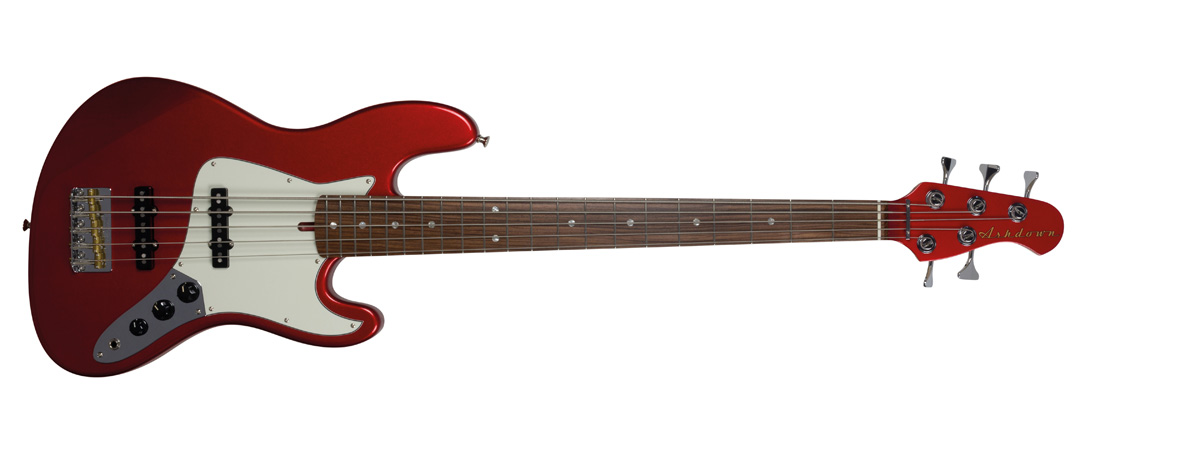
- Price: £1049
- Made In: South Korea
- Body: Lightweight alder
- Neck: Maple
- Neck Joint: Bolt-on
- Nut Width: 46.5mm
- Scale: 35”
- Fingerboard: Rosewood
- Frets: 21
- Pickups: Ashdown Custom Wound Single Coil x 2
- Electronics: Passive Controls: Volume, Volume, Tone
- Hardware: Hipshot Ultralite tuners, Wilkinson bridge
- Weight: 4.5kg / 9.9 lbs
- Case/gig bag included: Gig bag
- Left-hand option available: Yes
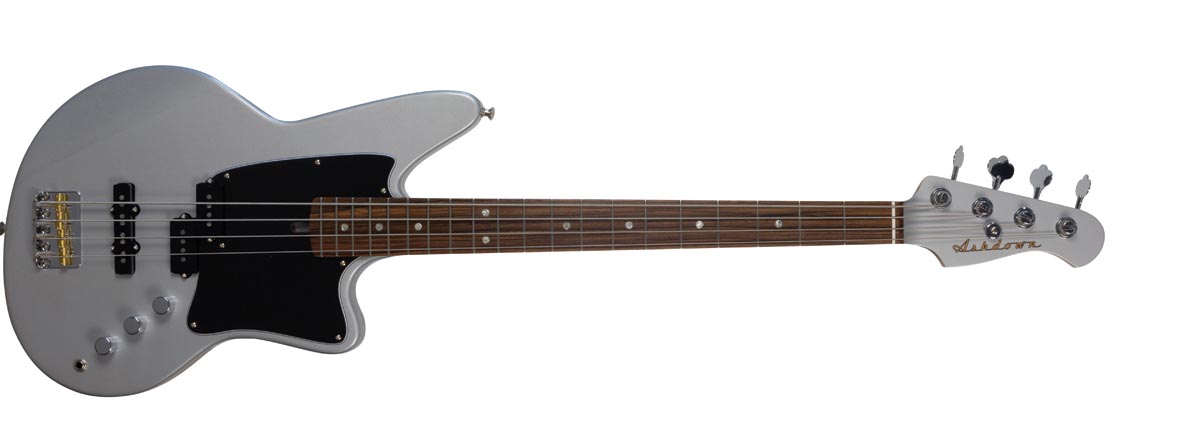
- Price: £949
- Made In: South Korea
- Body: Lightweight alder
- Neck: Maple
- Neck Joint: Bolt-on
- Nut Width: 44.5mm
- Scale: 34”
- Fingerboard: Rosewood
- Frets: 21
- Pickups: Ashdown Custom Wound Single Coil, Ashdown Custom Wound split-coil
- Electronics: Passive Controls: Volume, Volume, Tone
- Hardware: Hipshot Ultralite tuners, Wilkinson bridge
- Weight: 4kg / 8.8 lbs
- Case/gig bag included: Gig bag
- Left-hand option available: Yes
- Contact: Ashdown Engineering
“An esoteric boutique vibe, superb ergonomics and a powerful, unique preamp – Tobias is back”: Tobias Growler IV review
“Affordable versions of the three best basses I've ever held in my hands”: Sterling by Music Man completes its trilogy of Joe Dart signature models with a trio of made-to-order basses that cost less than $500
